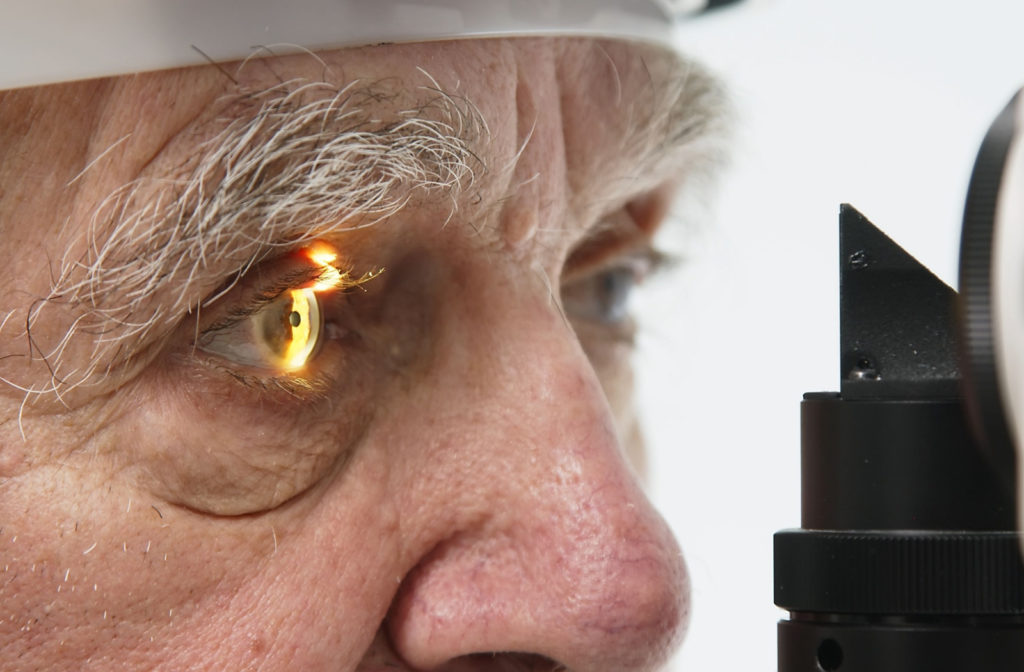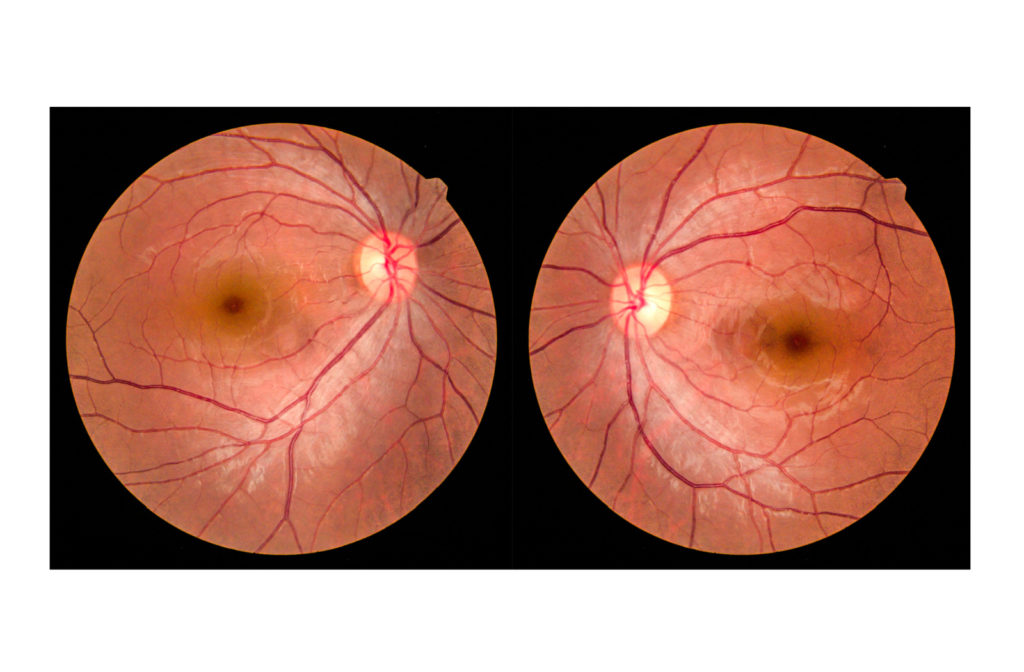Diabetes is a chronic disease that can damage various organs and systems in the body, including the eyes. Diabetes-related eye problems can range from mild to severe, with some leading to blindness if left untreated.
While there is no way to reverse diabetic eye problems, early detection and treatment can help prevent them from worsening.
If you have diabetes or are at risk for developing diabetes, our eye doctors will perform annual diabetic eye exams to monitor your eye health and check for early signs of diabetic eye diseases.
What Is Diabetes?
Diabetes is a systemic disease that causes the body to be unable to regulate blood sugar levels; it affects over 3 million Canadians. If you have diabetes, your body either does not produce enough insulin, a hormone that regulates blood sugar, or cannot use it effectively.
There are 2 types of diabetes: type 1 and type 2. Both involve a disruption in insulin, resulting in increased blood glucose (sugar) levels.
Type 1 diabetes usually develops in childhood or adolescence and is characterized by the inability of the body to produce insulin. Type 2 diabetes is the most common, affecting 9 out of 10 people, and usually occurs when the body cannot use the insulin it produces.
Insulin is necessary for our body to use glucose as energy. Without insulin, the body’s cells cannot absorb and use glucose, leading to high blood sugar levels. High sugar levels can cause symptoms like increased thirst, frequent urination, fatigue, blurred vision, and slow-healing wounds.
How Does Diabetes Affect the Eye?
Diabetes can cause various complications, and the eyes, being a delicate and intricate organ, are particularly vulnerable to the effects of prolonged elevated blood sugar levels.
Diabetes-related ocular symptoms can include:
- Blurry vision
- Fluctuating vision
- Double vision
- Loss of vision
- Changes in glasses prescription
- Early presbyopia
- Flashes and floaters
Diabetic Eye Diseases
High glucose levels in the bloodstream can damage the small blood vessels in the retina (the light-sensitive tissue at the back of the eye), leading to a condition known as diabetic retinopathy. Additionally, diabetes can elevate the risk of other ocular complications, such as cataracts and glaucoma.
Diabetic Retinopathy
Diabetic retinopathy is a potentially sight-threatening diabetic eye disease. It occurs when the blood vessels in the retina are damaged and can bleed, swell, and leak fluid. The eye may grow abnormal blood vessels in advanced stages to compensate for the damaged ones. As the disease progresses, it can lead to further complications, vision impairment, and blindness.
Diabetic Macular Edema
Diabetic macular edema is a complication of diabetic retinopathy that causes fluid to leak into the macula, the central part of the retina responsible for sharp, detailed vision. Symptoms can include blurry or distorted vision.
Cataracts
Diabetes increases the risk of developing cataracts, the clouding of the eye’s crystalline lens. While cataracts are a common age-related condition, those with diabetes are more likely to develop cataracts at an earlier age.
Glaucoma
Diabetes is also associated with an increased risk of glaucoma, a group of eye diseases that damage the optic nerve. In diabetes, blood vessel growth in the iris (the coloured part of the eye) can cause increased eye pressure and the risk of glaucoma.

Can You Reverse Diabetic Eye Problems?
While you cannot reverse diabetic eye problems once they have begun, early detection, intervention, and management can slow down or halt their progression and prevent future vision loss.
Maintaining blood sugar and blood pressure levels can lower the chance of blood vessel damage in the eye and the retina. Lifestyle modifications such as quitting smoking, regular exercise, and healthy eating can also play a role in reducing the risk of damage and slowing down the progression of diabetic retinopathy.
Treatment for Diabetic Eye Diseases
Treatment for diabetic eye diseases can include medication and surgery:
- Laser therapy: Laser treatment, also known as photocoagulation, aims to seal leaking blood vessels and prevent the growth of abnormal ones, mitigating the risk of vision loss.
- Anti-VEGF injections: Anti-vascular endothelial growth factor (VEGF) injections can prevent the growth of new blood vessels in the retina.
- Vitrectomy: In diabetic retinopathy, where bleeding into the vitreous gel occurs, a vitrectomy can remove the blood-filled vitreous and scar tissue on the retina.
Lower Your Risk of Diabetic Eye Diseases
If you have diabetes, regular diabetic eye exams are essential to monitor your eye health and catch the signs of diabetes-related eye complications early, when they are most manageable. Diabetic retinopathy, macular edema, and other diabetic eye diseases can be prevented or slowed with blood sugar control, lifestyle modifications, and medical treatment.
Book your eye exam with Eye Care Group today and protect your long-term vision from diabetic complications.




